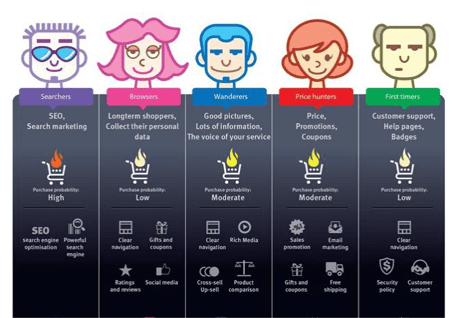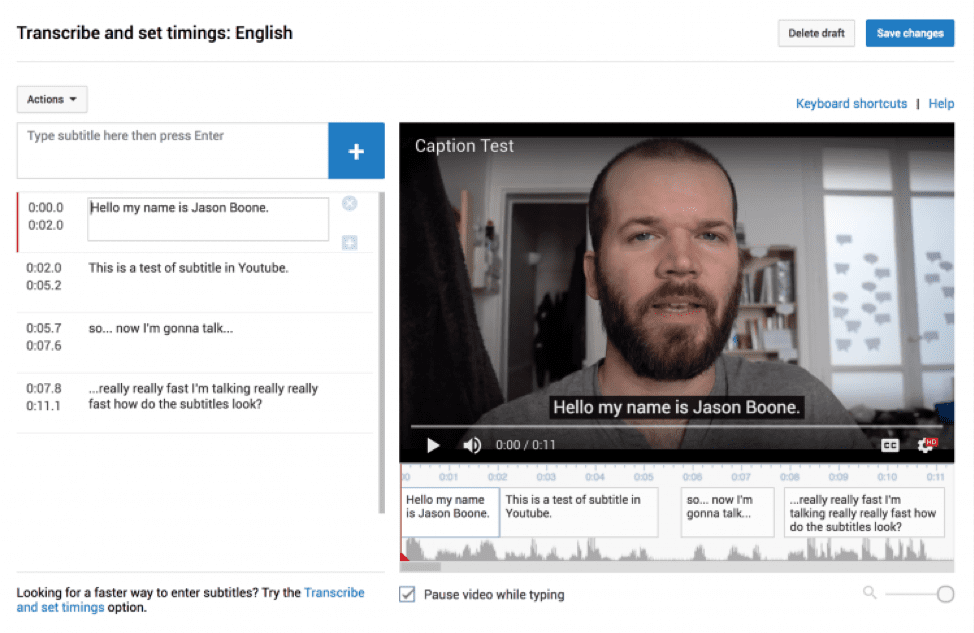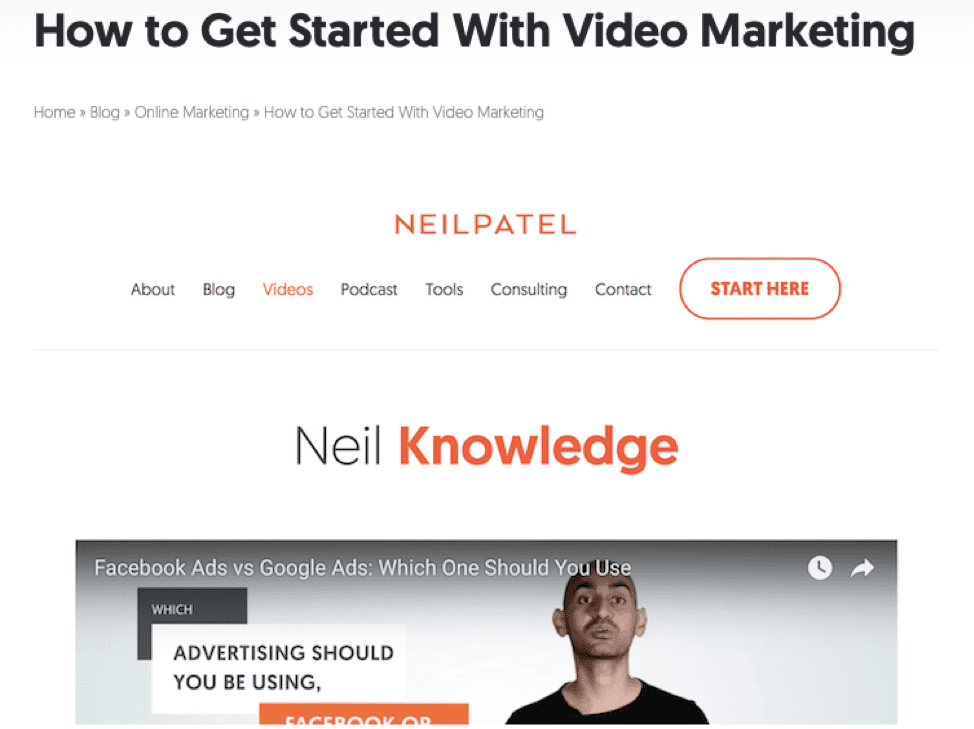Video marketing has been steadily growing over the past few years and is showing no signs of slowing down
The latest social media report from Smart Insights found that 90% of shared posts on social media today are video clips. Plus, the fact that many sites are adding more features for video streaming (such as Instagram’s IGTV and Periscope for Twitter) shows that video marketing is the way to reach audiences. Experts even predict that by 2020, about 80% of consumer traffic in the US will be driven by video.
Consumers are also starting to prefer videos over blog posts and other more traditional forms of advertising. More brands are starting to incorporate this type of visual marketing into their strategies because of the high engagement levels.
In fact, the average annual video marketing budget for businesses today is $20,000. This astronomical spending number is simply not possible for some businesses, especially SMEs and startups whose funds are already incredibly tight. However, since video is required to capture audience attention in today’s digital marketing space, companies with smaller budgets can’t (and shouldn’t) just write it off.
There are ways that businesses with the tightest of shoestring budgets can still afford a great video marketing strategy.
Nail Down an Awesome Personality
The best way to stretch a tight budget is to make the most of free and low-cost strategies. Thankfully, with a little bit of creativity, it doesn’t have to cost you an arm and a leg to create an engaging brand voice that naturally attracts viewers.
However, figuring out the best way to go about this requires a good deal of strategy and planning. For instance, one of the secrets to getting more Instagram followers involves a deep dive into your target audience; the same goes for building a brand personality.
Take your time and analyze who your customers are, their values, and what makes them tick. Use analytical tools if you need to, conduct market research, and create some customer personas to help understand what kind of content and brand personality would mesh best with your audience.
You can even create virtual customer personas that represent the diverse segments of your viewer base to help you understand the kind of people that you need to be creating content for.

[Source]
From here, you can create your video personality/unique story in a way that relates to the ideal customer or groups of customers on a personal level.
- What are your customers’ top priorities?
- Are they driven by price, innovation, quality, or expertise?
- Would they prefer a casual, funny and light-hearted brand voice?
- Would they prefer a more business-like and professional personality?
- What kind of content is going to be most influential on their purchases?
- What would be an immediate turn-off to that customer?
Whatever brand personality you decide to go with, be sure that you stick to it. One of the best ways to establish trust with your audience is by sticking to a consistent message within your marketing. By making sure that your video content fulfills your customer’s needs and desires, it will create a better impact and increase engagement levels.
Incorporate SEO into the Subtitles
Obviously, you want your video content to make your brand more visible to your audiences and boost your SERP rankings. As with any type of content, the placement of strategic keywords is going to make the biggest impact on your SEO.
Since you can only fit so many words into a video’s title, one sneaky way to boost your content’s presence on search engines is by including top keywords in the subtitles of your videos.
Including transcripts of your video is a golden opportunity to rank for long tail keywords. In fact, 3PlayMedia compiled some interesting reports on just how much captions and video transcripts improved SEO. Simply including a transcript on the video’s page boosted traffic by over 6% and increased conversions by 16%. Closed caption videos that play the text at the same time as the video had 7% higher viewership.
Since it can be tricky to stick in long-tail keywords into your video’s title, incorporating them into video descriptions and subtitles allows you to fit them in more naturally. This can do a lot help your videos gain visibility on search engines and major video platforms.

It is also important to note that 3PlayMedia’s studies found that including captions and transcripts boosted the watch time of each video. Sites like YouTube use this metric to determine a video’s ranking for certain keywords, so this simple trick can also help your videos get higher visibility on social sites.
Repurpose Your Non-Video Content
Coming up with video content ideas can be difficult. But, you can use the content that has already had great success as a source of inspiration for your video marketing. If you had a blog post, guide, infographic, or anything else that performed well in the past in terms of engagement, clicks, and lead generation, you can repurpose that information in a video and save yourself time and money coming up with ideas from scratch.
Transforming one type of content into a video doesn’t need to be a complicated production. For example, you can easily turn a blog post that explains a step-by-step process into a how-to video.
Marketing videos that explain a concept or show customers how to use a product have some of the highest conversion rates. You can even compile highlights from your top posts or create a video updating your past reports with new information and updated data.
Neil Patel does this with his website all the time. While he is primarily known for informative blog articles, the website also features videos and podcast episodes that offer summaries on past blog concepts or have experts weigh in with their opinions. This allows his followers to choose how they consume his content and it creates a more engaging platform for conversations about the most popular topics.

Conclusion
Ultimately, the secret to video marketing success is putting your viewer first. Understand who they are and what they want and start designing your video personality around it. Then, make your content easy to find with smart SEO tactics. Finally, give your viewers the information you already know they want by turning your popular content into videos.
Dipping your toe into video marketing doesn’t have to be an expensive investment or a huge financial risk. There are some easy and cheap ways to ensure that your video strategy is just as successful and profitable as ones from brands with bigger budgets.
